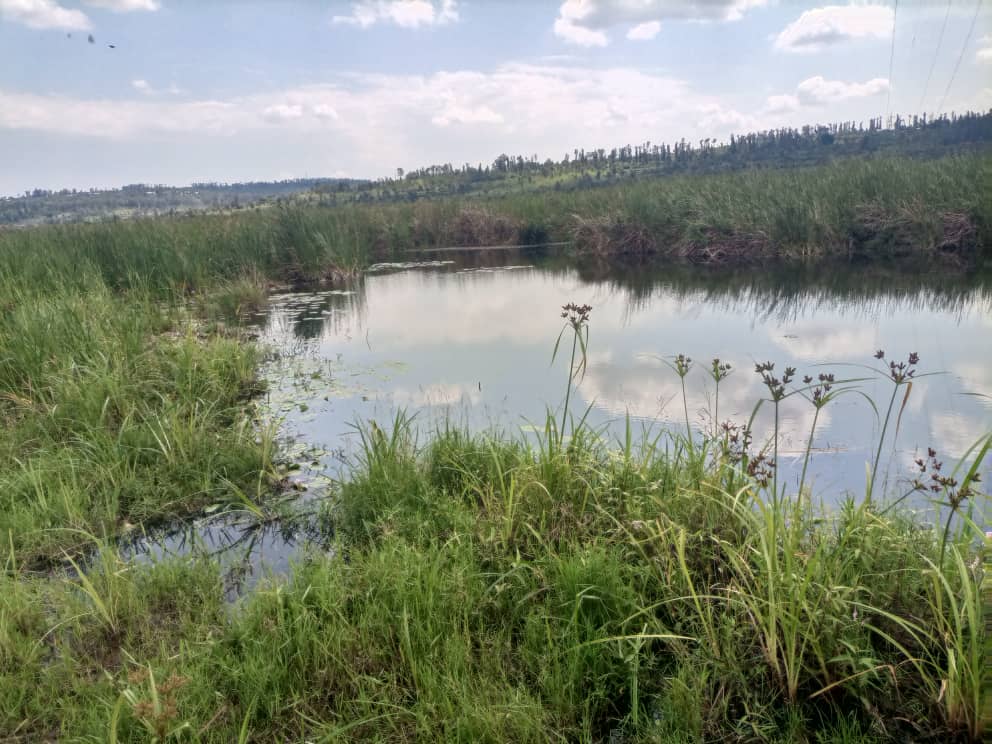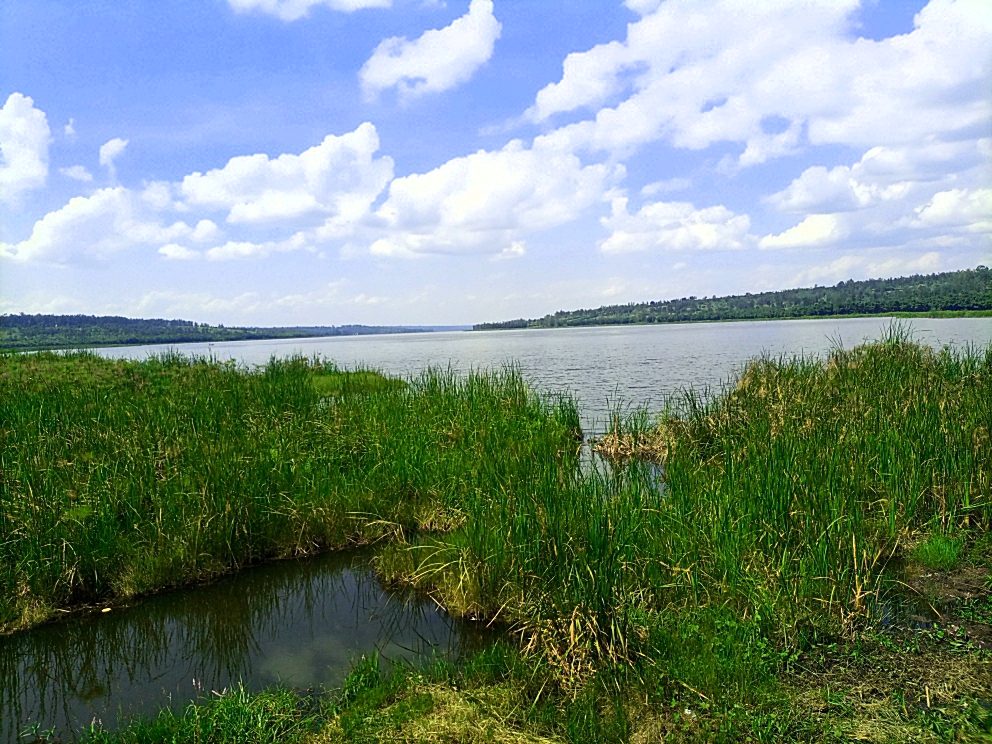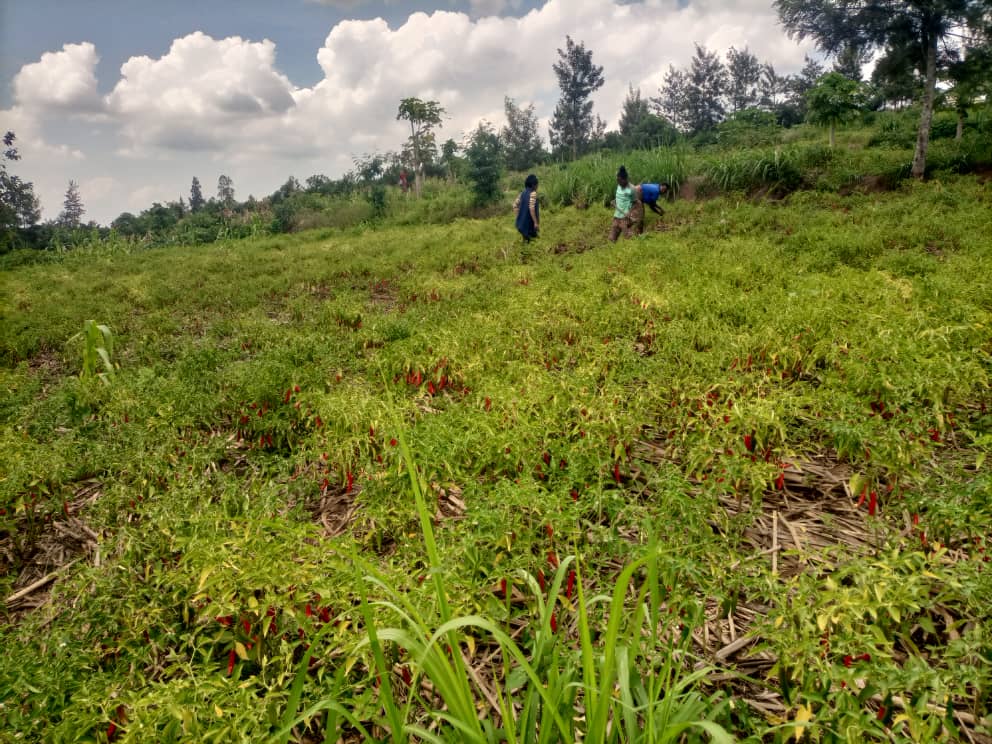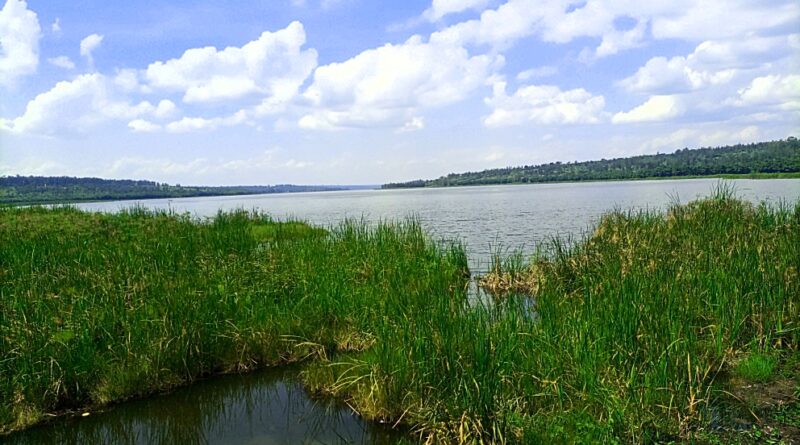Bugesera: How the restoration of Murago wetland and lake Cyohoha transformed community livelihoods
Author: NIYOMUGABA Jean Felix
As Rwanda usually joins the global community in celebrating the International Day for Biological Diversity every May 22, with a theme of RESTORING WETLANDS, BUILDING CLIMATE RESILIENCE, Bugesera District in the Eastern Province has emerged as a shining example of environmental restoration and community-led sustainable development.
Located in one of Rwanda’s hottest and driest regions, Bugesera has long faced the challenges of prolonged drought. In an effort to sustain agriculture, local residents increasingly turned to the fertile surroundings of Murago Wetland and Lake Cyohoha. However, this unregulated expansion for farming severely disrupted local ecosystems. Over time, Lake Cyohoha dried up, and the wetland was converted into conventional farmland. Cooperatives were even established to grow maize on the now-arid land.
Scientific research underscores the importance of wetlands. According to the U.S. Global Change Research Program, wetlands in the United States alone store an estimated 13.5 billion tons of carbon dioxide (CO₂) within the top three centimeters of soil—evidence of the critical role these ecosystems play in climate regulation and carbon sequestration.
In response to the environmental degradation, the Government of Rwanda, through the Rwanda Environment Management Authority (REMA), launched initiatives such as the LDCF2 project to rehabilitate Murago Wetland. Thanks to these efforts, 54 hectares of previously damaged land have been restored, and Lake Cyohoha has been revived. Local communities have since resumed sustainable fishing activities, with cooperatives like Isano leading the way.
The United Nations Environment Programme (UNEP) emphasizes that protecting key ecosystems such as wetlands can reduce environmental degradation up to 55 times more effectively than isolated conservation efforts targeting rivers, forests, oceans, or lakes.
To further support resilience against climate change, REMA provided farmers previously engaged in environmentally harmful practices with solar-powered irrigation systems for 34 hectares of farmland.
This initiative has significantly reduced reliance on seasonal rainfall and allowed for year-round agricultural planning. Farmers now harvest crops with improved efficiency and prepare in advance for subsequent planting seasons.
One such farmer, Emmanuel Ndungutse, expressed appreciation for the transformation:
> “I just returned from collecting grass for my cow which I own from the job I got while fishing and farming. This is my community—I live here. I’m grateful to the Government of Rwanda and REMA for helping us gain access to farmland and for training us on environmental stewardship. I have water to irrigate my crops. I truly feel at peace.”
Engineer Emile Mukunzi, Bugesera District’s Environmental and Climate Change Officer, praised REMA’s impact on rural livelihoods. He explained that educating farmers on consolidated land use led to improved yields and tangible socio-economic progress.
In partnership with local development stakeholders, new drying facilities—especially for high-value crops like chili peppers—are being constructed to prevent post-harvest losses caused by oversupply.
Mukunzi also highlighted the economic opportunities generated by the restored Lake Cyohoha, which now supports regulated fishing operations. Local residents have embraced biodiversity-friendly practices, including the removal of invasive species such as water hyacinths (locally known as amarebe) and strict adherence to sustainable fishing guidelines. These efforts have helped preserve the lake’s ecological balance while creating stable livelihoods for surrounding communities.




